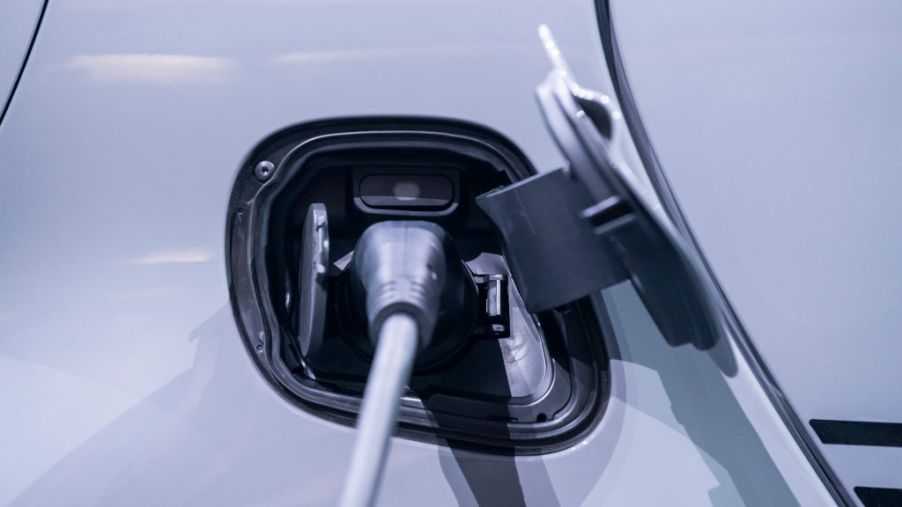
Can You Jumpstart a Dead Electric Vehicle Battery?
A common fear for electric vehicle drivers involves their car battery dying miles away from the nearest charging station. In the old days, flagging down a passerby for a quick jumpstart was a no-brainer. But in the world of EVs, this is a more difficult obstacle to navigate. If you don’t happen to live in one of the best cities for charging your electric vehicle, you may wonder if you can even jumpstart a dead electric vehicle battery?
What to do with a dead electric vehicle battery
While you cannot technically jumpstart your EV’s battery pack, thankfully all electric cars come with a standard 12-volt battery like those found in traditional vehicles. Napa Auto Parts explains how to do this:
- Find the battery using your owner’s manual. The backup 12-volt battery may not be under the hood like a traditional car. It could be located in the trunk or cabin.
- Do not use another electric vehicle to jumpstart your battery. EVs are not equipped for this task as they discharge more slowly and cannot supply the extra power. Instead, use a gas-powered car or a portable jumpstart device.
- While connecting the jumper cables, avoid any of the leads or cables connected to the larger main electric battery pack. These contain high voltage and should not be touched or manipulated.
- Position the cars close together without touching. After turning off the power to your electric car, connect the jumper cables. Start the other vehicle, and then turn on the electric car. You can now disconnect the cables.
- Allow the car to run for at least 20 minutes to charge the dead battery.
How to Increase Your Battery Life?
If you drive an electric vehicle with a long range, you may rarely deal with this issue. So, how can you extend the life of your battery? Teslarati gives some helpful tips that can increase your electric vehicle’s battery life.
Avoid overcharging or deep discharging the battery pack
Charging to 100% can actually hurt battery life. Since lithium-ion batteries do best when charged between 30-90%, limit reaching full charge unless you’re taking a long trip. Most vendors will offer a “standard” charge, which will keep you from reaching the maximum EPA range for your vehicle.
The same goes for deep discharging, which allows the battery to drain to very low levels. Less than 30% is considered low. The battery should not be allowed to stay this low for extended periods of time.
Understand how sitting idle works for your EV
Since EVs consume as much as 1% of power each day, even when they’re not being driven, you should plan ahead for times your vehicle will sit idle. Keeping it plugged in and set to maintain 50% charge is a good rule, but if it can’t be parked and charged at the same time, start its park time with a high battery life reserve so it does not drain completely while sitting.
Avoid temperature extremes
Ideally, the battery pack should exist in temperatures between 25 and 85 degrees Fahrenheit. Hot temperatures can degrade the battery pack, and freezing temperatures can affect its chemical reaction, thereby reducing battery function. Keeping your vehicle stored in either a temperate area or climate-controlled garage are the best options for extending battery life.


